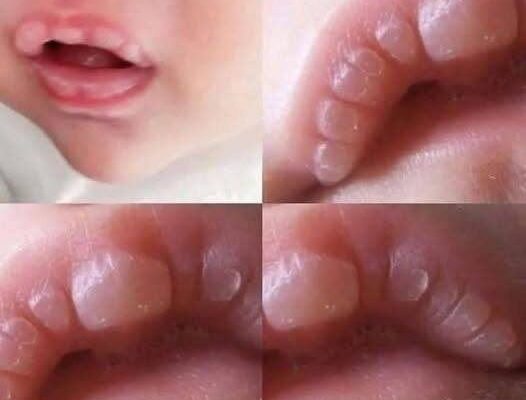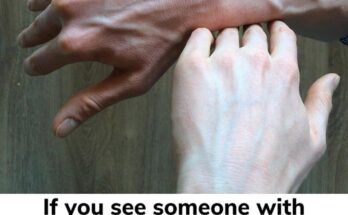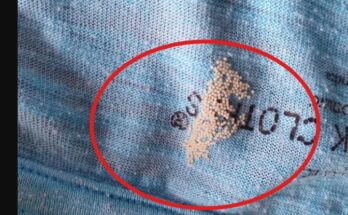
By: Nick Nguyen, MD, FAAP & Sheilagh M. Maguiness, MD, FAAD, FAAP
Gazing at your new baby, taking in every little detail, is one of the many joys of parenthood. Among many unique features you might notice is a birthmark, a different-looking spot on the skin that a baby is born with or develops soon after birth.
There are two main types of birthmarks: pigmented, spots of skin that contain extra pigment (color); and vascular, which contain extra blood vessels that didn’t fully form. Both types are usually harmless, and some go away on their own. But some need to be watched to make sure they don’t cause problems. Be sure to talk with your pediatrician about any birthmarks or rashes you notice on your baby.
Vascular Birthmarks—Pink, Red & Blue
Pink, red, and blue birthmarks often are made up of extra blood vessels. The extra blood can make some vascular birthmarks feel warm to touch. Vascular birthmarks may look and behave differently depending on the type of blood vessels in them. The most common blood vessel birthmarks inclu
Nevus simplex are flat pink or red birthmarks that up to 80% of babies are born with. They are collections of small, red blood vessels called capillaries. Often, these marks are located on the eyelids, forehead, back of neck, top of head, under the nose, and lower back. Sometimes, they are called “salmon patch” marks, “stork bites” (when located on back of the neck) and “angel kisses” (when they’re between the eyebrows).
Nevus simplex birthmarks usually will go away on their own by the time your baby is a toddler. Do not be alarmed if the birthmark gets darker when your baby becomes more emotional or active—this is normal.
Most nevus simples are totally harmless and do not need treatment. But be sure to talk with your pediatrician if they are large or located in unexpected areas.
e:
Port wine stains are fairly common, seen in about 3 in 1,000 children. They are similar to nevus simplex: flat, pink or red birthmarks made up of extra capillaries. They also are visible at birth. But these birthmarks are usually larger than nevus simplex and may affect more areas of the face and body. Unlike some other birthmarks, port wine stains do not go away. They grow as your child grows, but slowly. Over time, they may become darker and thicker.
Port wine stains aren’t usually linked to any health problems. If the birthmark affects a certain part of the face, like the eyelid and forehead, though, it may be related to a condition called Sturge-Weber syndrome. This condition is rare, but your doctor may recommend more evaluation or testing if your baby is at risk.
Some children and teens are not bothered by their port-wine stain, while others may feel self-conscious about them. Laser treatment may be able to lighten the birthmark some and help prevent darkening and thickening. But it will not “erase” the birthmark in most cases.



